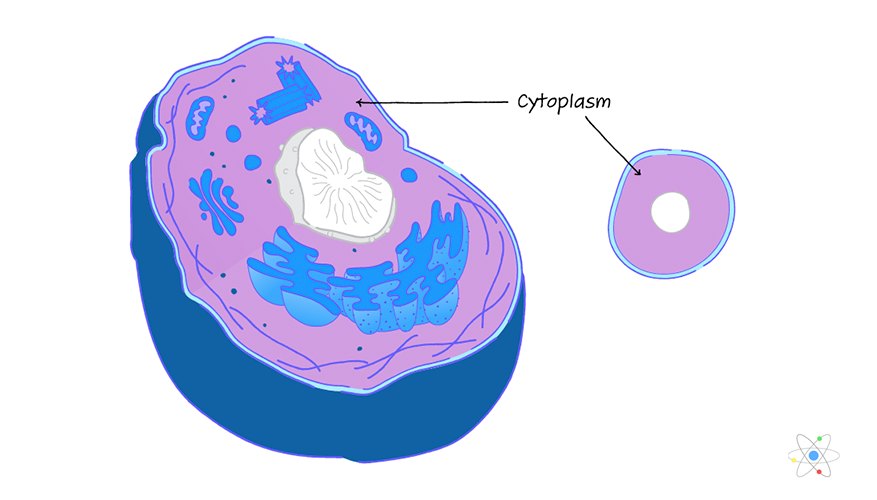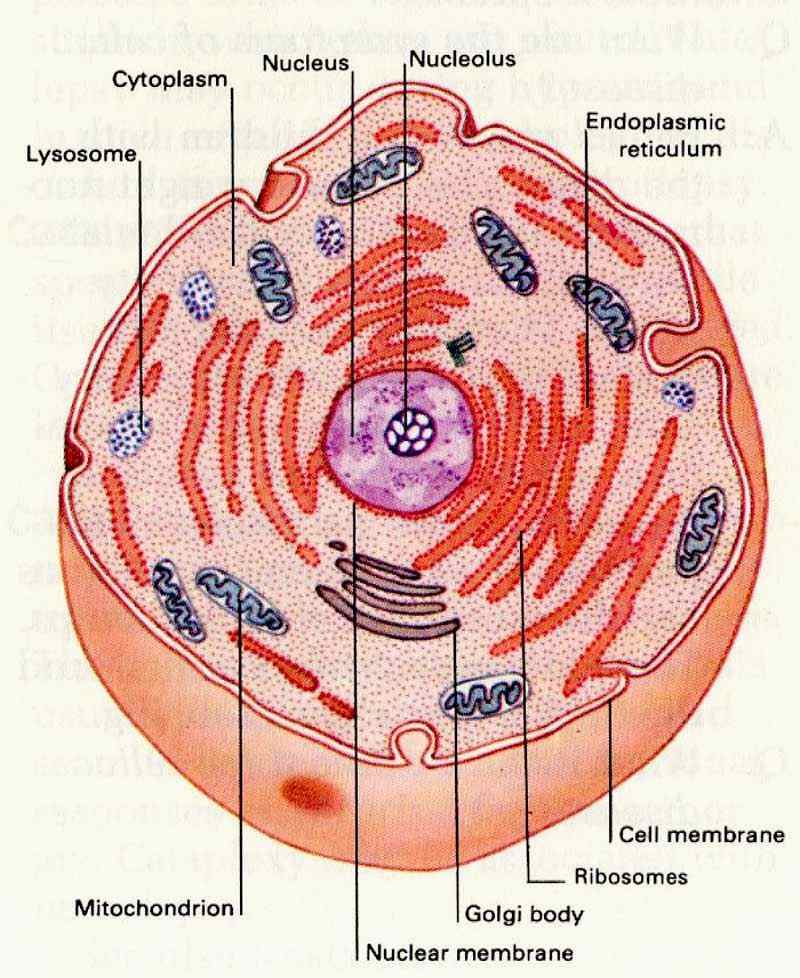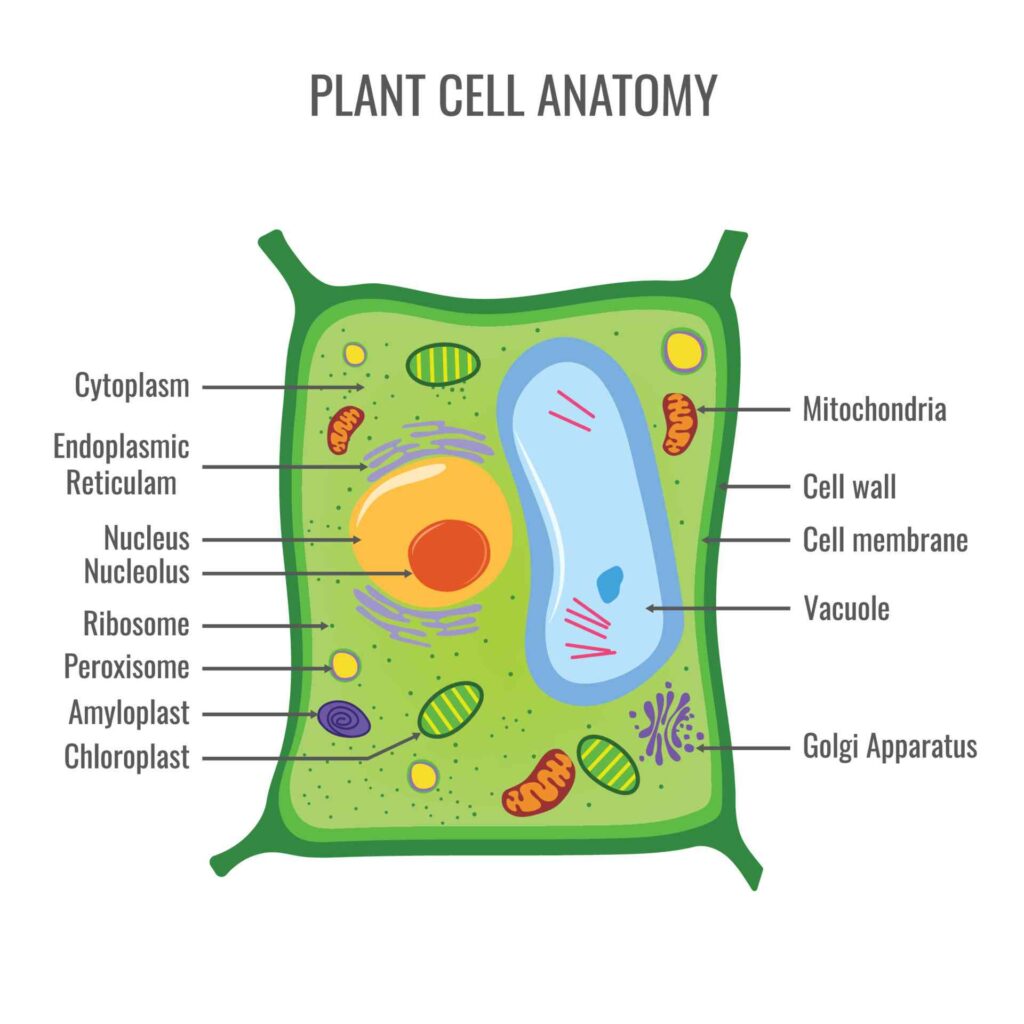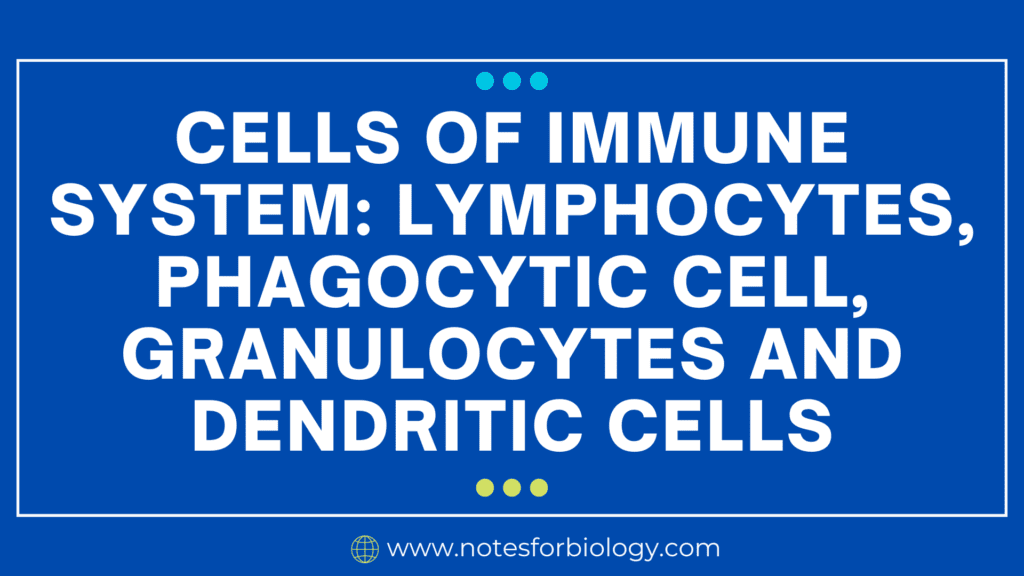Introduction
The cell is the fundamental unit of life, and within it lies a complex, dynamic, and gel-like substance called the cytoplasm. Often referred to as the “living soup” of the cell, it is much more than just a filler it is a hub of activity where essential life processes occur. Whether in a single-celled organism like an amoeba or a human body cell, it plays a central role in maintaining cellular health, structure, and functionality.
This document provides a detailed, humanized, and easy-to-understand its overview, covering its definition, structure, key components, functions, and its significance in various biological processes. We will also include a diagram to help visualize what it looks like and where it fits into the grand scheme of cell anatomy.
Table of Contents
1. What is Cytoplasm?

Definition
It is the thick, jelly-like substance that fills the space between the cell membrane and the nucleus. It houses all the organelles and cell parts (excluding the nucleus) and provides a medium for chemical reactions to occur.
Etymology
It is derived from two Greek words:
- “Kytos” meaning cell
- “Plasma” meaning something formed or molded
Key Points:
- Found in both prokaryotic and eukaryotic cells
- Mostly composed of water, but also contains salts, proteins, lipids, carbohydrates, and organelles
- Enclosed by the cell membrane
2. Structure
It is not a simple, uniform substance. It has multiple layers and components that work together to support the cell’s life functions.

Main Components
- Cytosol
- Organelles
- Cytoplasmic Inclusions
Let’s explore each of these in detail:
A. Cytosol
- Its fluid portion
- Makes up about 70% of the cell volume
- Composed mainly of water, but also contains ions, proteins, and dissolved nutrients
- Acts as the medium where cellular reactions occur
B. Organelles
These are specialized structures within it that perform distinct functions. Examples include:
- Mitochondria (powerhouse of the cell)
- Endoplasmic reticulum (protein and lipid synthesis)
- Golgi apparatus (modifies and packages proteins)
- Ribosomes (protein synthesis)
- Lysosomes (waste disposal)
- Peroxisomes (detoxification)
C. Cytoplasmic Inclusions
These are non-living substances suspended in the cytosol. They include:
- Glycogen granules (in liver and muscle cells)
- Lipid droplets (in fat cells)
- Pigment granules (e.g., melanin in skin cells)
Physical Nature
- Appears granular under a microscope
- Exhibits its streaming
- Has a dynamic structure—can change its viscosity from a sol (fluid-like) to a gel (semi-solid)
3. Functions
It is the control room for most cellular activities. Here are the major functions:
A. Site for Metabolic Activities
- Enzymes within it catalyze a range of chemical reactions
- Includes glycolysis (first step of cellular respiration), protein synthesis, and more
B. Supports and Suspends Organelles
- The cytosol acts as a cushioning fluid that holds organelles in place
- Prevents them from crashing into each other
C. Facilitates Intracellular Transport
- Substances like ions, nutrients, and proteins are transported within it
- Its streaming helps distribute materials evenly
D. Maintains Cell Shape and Structure
- Works with the cytoskeleton (microtubules and filaments) to give the cell its shape
- Resists external pressures and mechanical stress
E. Acts as a Buffer
Protects genetic material and organelles from damage due to external movements or shocks
F. Participates in Cell Division
Distributes organelles and cytoplasmic content evenly during mitosis and meiosis
G. Stores Essential Chemicals
- Temporary storage of substances like amino acids, glucose, and ions
- Readily available for metabolic reactions
H. Helps in Signal Transduction
Contains molecules and ions involved in relaying signals from the cell membrane to internal organelles
4. Comparison of Cytoplasm in Prokaryotic and Eukaryotic Cells
| Feature | Prokaryotic Cells | Eukaryotic Cells |
|---|---|---|
| Nucleus | Absent | Present |
| Organelles | No membrane-bound organelles | Membrane-bound organelles present |
| Its Complexity | Simple | More complex |
| Cytoplasmic Streaming | Rare or absent | Common |
| Ribosomes | Smaller (70S) | Larger (80S) |
5. Importance of Cytoplasmic Streaming
Cytoplasmic streaming, also called cyclosis, is the directed flow of it within a cell. It helps in:
- Distributing nutrients and organelles
- Enhancing communication between different parts of the cell
- Speeding up intracellular transport in large cells (e.g., plant cells)
Example: In Elodea (an aquatic plant), cytoplasmic streaming can be seen under a microscope.
6. Cytoplasm vs Cytosol
These terms are often used interchangeably, but they are different.
| Feature | Cytoplasm | Cytosol |
| Definition | Entire content between cell membrane and nucleus | Fluid portion of the cytoplasm |
| Includes Organelles | Yes | No |
| Includes Inclusions | Yes | No |
| Site of Reactions | Many | Some |
7. Cytoskeleton
The cytoskeleton is a network of protein filaments embedded in it. It includes:
- Microtubules: Provide shape and help in transport
- Intermediate filaments: Give mechanical strength
- Actin filaments (microfilaments): Involved in movement and shape changes
Functions:
- Anchors organelles
- Facilitates movement (e.g., amoeboid motion)
- Involved in mitosis (spindle fiber formation)
8. Cytoplasm in Different Cell Types
A. Plant Cells

- Contains large central vacuole that pushes it to the edges
- Involved in photosynthesis-related activities
B. Animal Cells
- It is more evenly distributed
- Key in metabolism and transport
C. Bacterial Cells
No true organelles, but it still contains ribosomes, enzymes, and genetic material
9. Role in Cellular Communication
It plays a key role in:
- Transmitting signals from the cell membrane to internal organelles
- Hosting second messengers like calcium ions and cyclic AMP (cAMP)
- Activating enzymes and triggering cascades in response to external stimuli
10. Disorders Associated with Cytoplasmic Dysfunction
While often overlooked, defects in the it can lead to:
- Neurodegenerative diseases (e.g., disruption in axonal transport in neurons)
- Metabolic disorders (due to enzyme mislocalization)
- Cancer
Conclusion
It is one of the most vital and active components of a cell. It acts as the medium where life truly happens—where energy is produced, proteins are synthesized, and signals are transmitted. It holds the machinery of the cell, supports organelles, and ensures proper distribution of nutrients and waste. Whether in a single-celled bacterium or a human neuron, it plays a universal and indispensable role in maintaining life.
Understanding it not only gives us insights into cell biology but also lays the foundation for understanding disease mechanisms and potential therapeutic targets. As our knowledge of cellular processes expands, the humble cytoplasm continues to prove that it is far from just a filler it is the lifeblood of the cell.
FREQUENTLY ASKED QUESTIONS
Is cytoplasm the same in all cells?
No, cytoplasm varies slightly depending on the type of cell—prokaryotic, eukaryotic, plant, or animal—but the basic structure remains consistent.
Does cytoplasm contain DNA?
No, DNA is primarily found in the nucleus or organelles like mitochondria and chloroplasts. However, the cytoplasm contains RNA and other molecules.
What is the pH of cytoplasm?
The pH of the cytoplasm is typically slightly alkaline, around 7.2–7.4.
Related Articles




